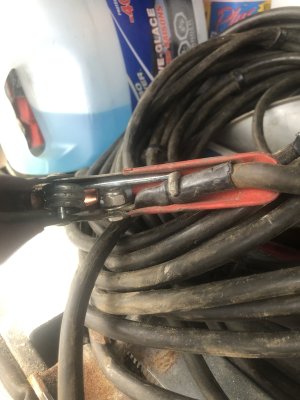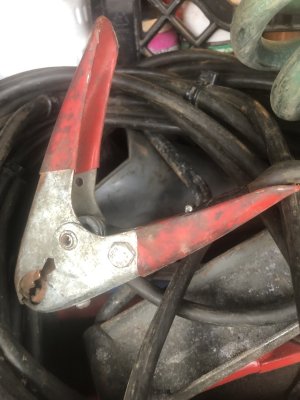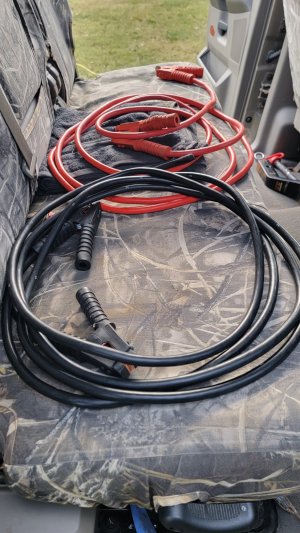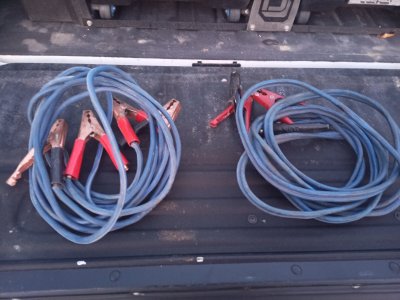Former Member
Guest
The problem with codes is understanding on what and how they apply and which applies ahead of the other. In some cases its one in others its the other. In all cases its the more stringent one.
What complicates things is that the section of code you referenced is for wired in place, get into extension cords you add an additional layer of complexity that usually adds a layer of safety and additional rules.
I know enough about codes and applications which have taught me that when the basic codes says one thing yet manufacturer specs say another (less than code), there are other specs that come into play (generally more codes or rules).
What complicates things is that the section of code you referenced is for wired in place, get into extension cords you add an additional layer of complexity that usually adds a layer of safety and additional rules.
I know enough about codes and applications which have taught me that when the basic codes says one thing yet manufacturer specs say another (less than code), there are other specs that come into play (generally more codes or rules).




